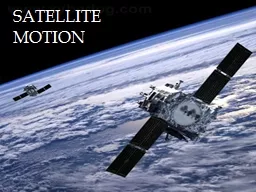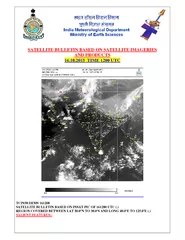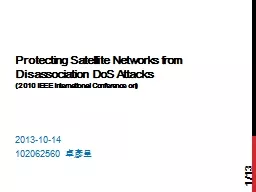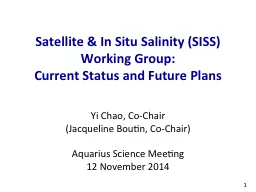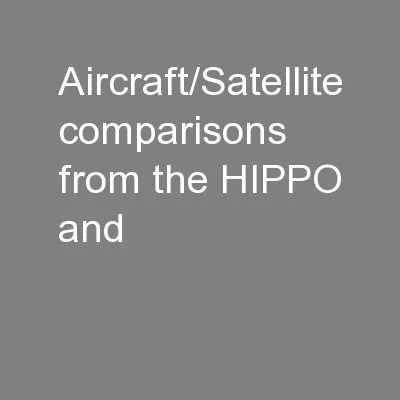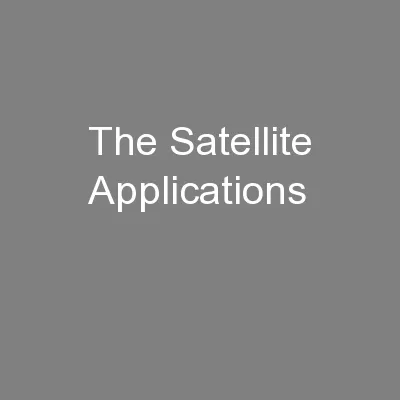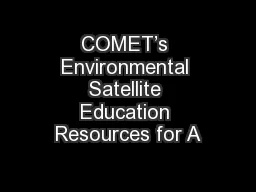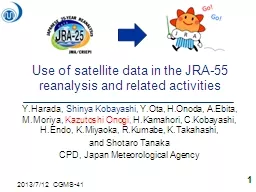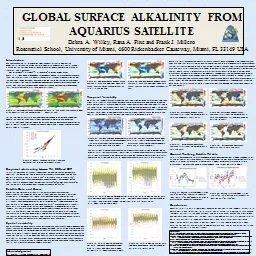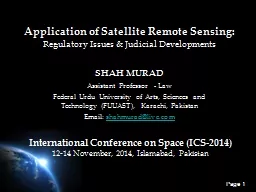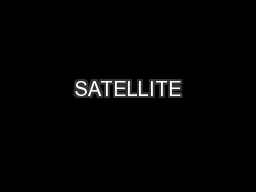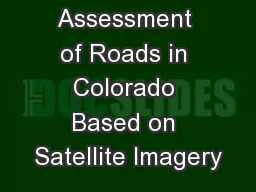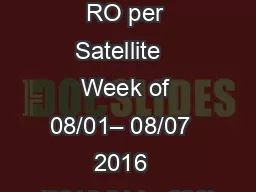PPT-SATELLITE MOTION
Author : tatiana-dople | Published Date : 2016-04-26
Continuously falls towards the earth Are launched to a position above the earths surface to avoid air resistance Escape speed is 112 kms for earth Orbital velocity
Presentation Embed Code
Download Presentation
Download Presentation The PPT/PDF document "SATELLITE MOTION" is the property of its rightful owner. Permission is granted to download and print the materials on this website for personal, non-commercial use only, and to display it on your personal computer provided you do not modify the materials and that you retain all copyright notices contained in the materials. By downloading content from our website, you accept the terms of this agreement.
SATELLITE MOTION: Transcript
Download Rules Of Document
"SATELLITE MOTION"The content belongs to its owner. You may download and print it for personal use, without modification, and keep all copyright notices. By downloading, you agree to these terms.
Related Documents

